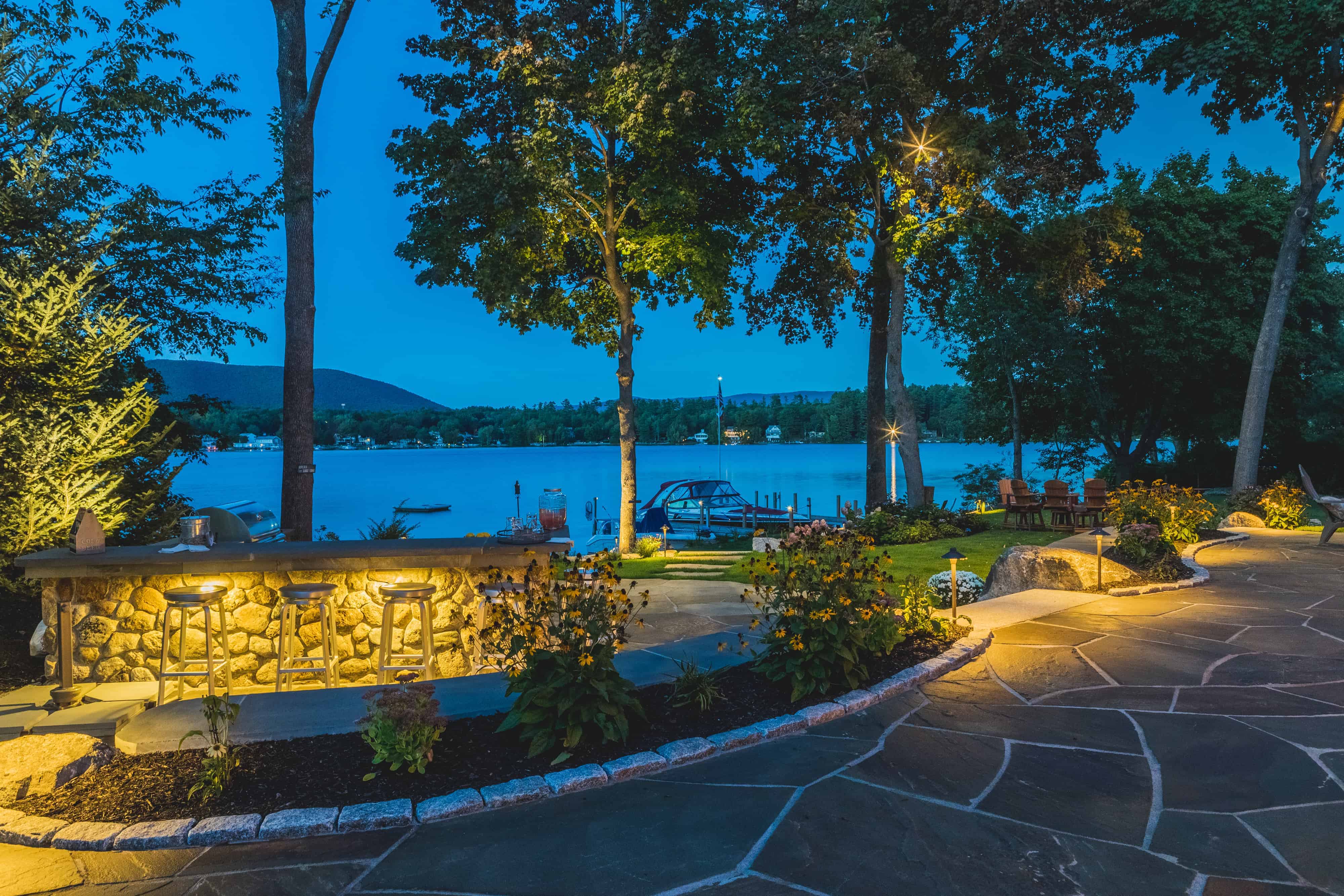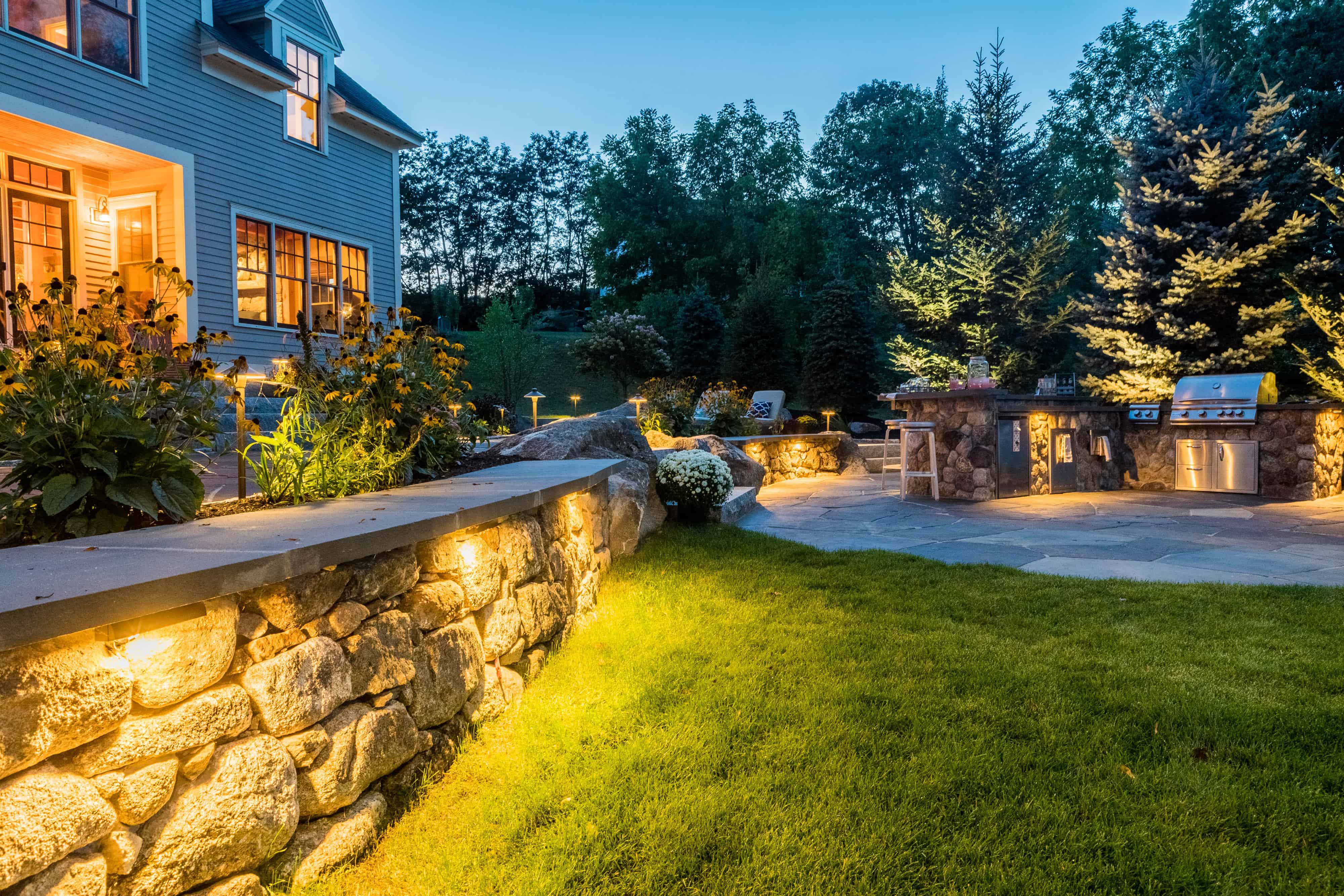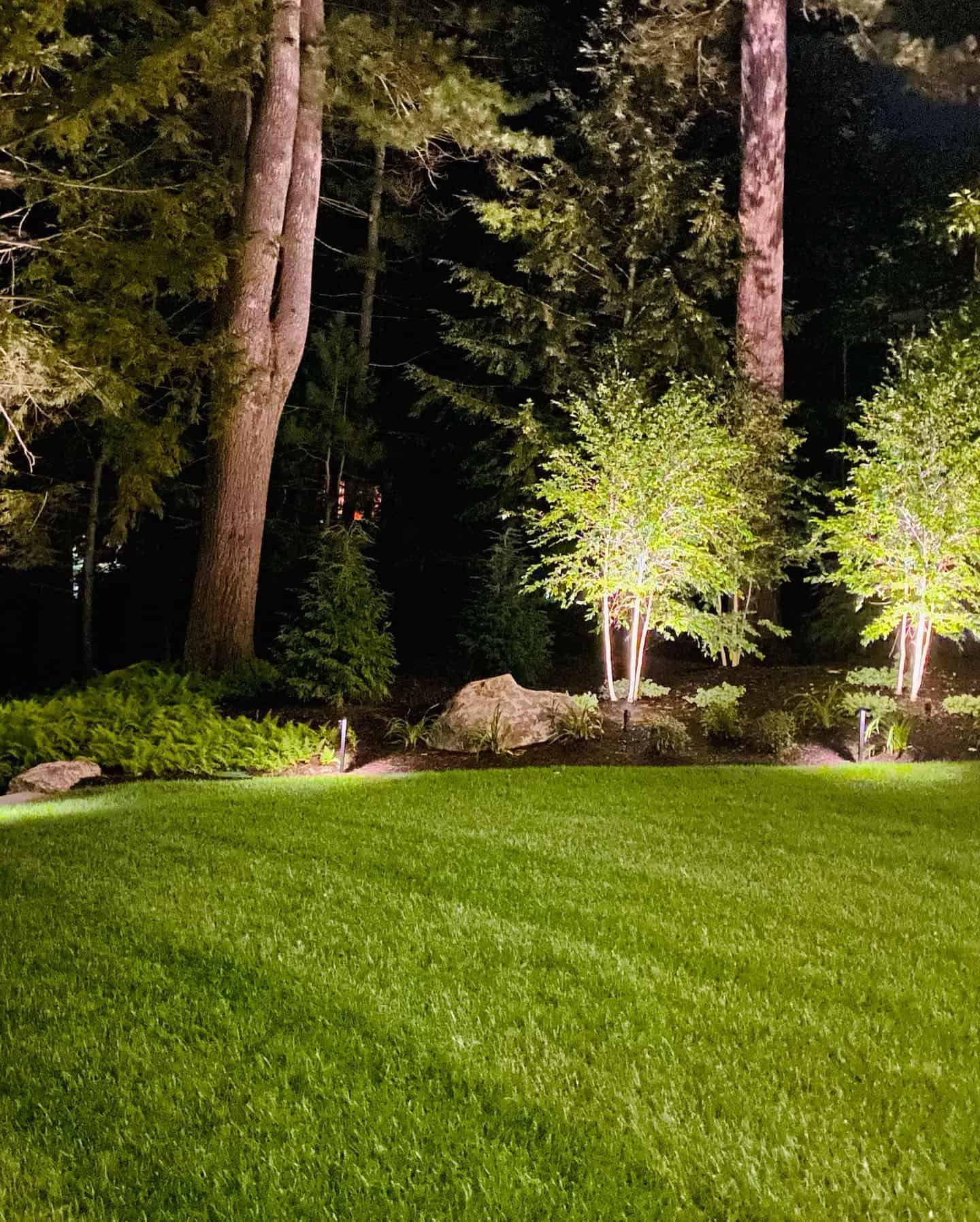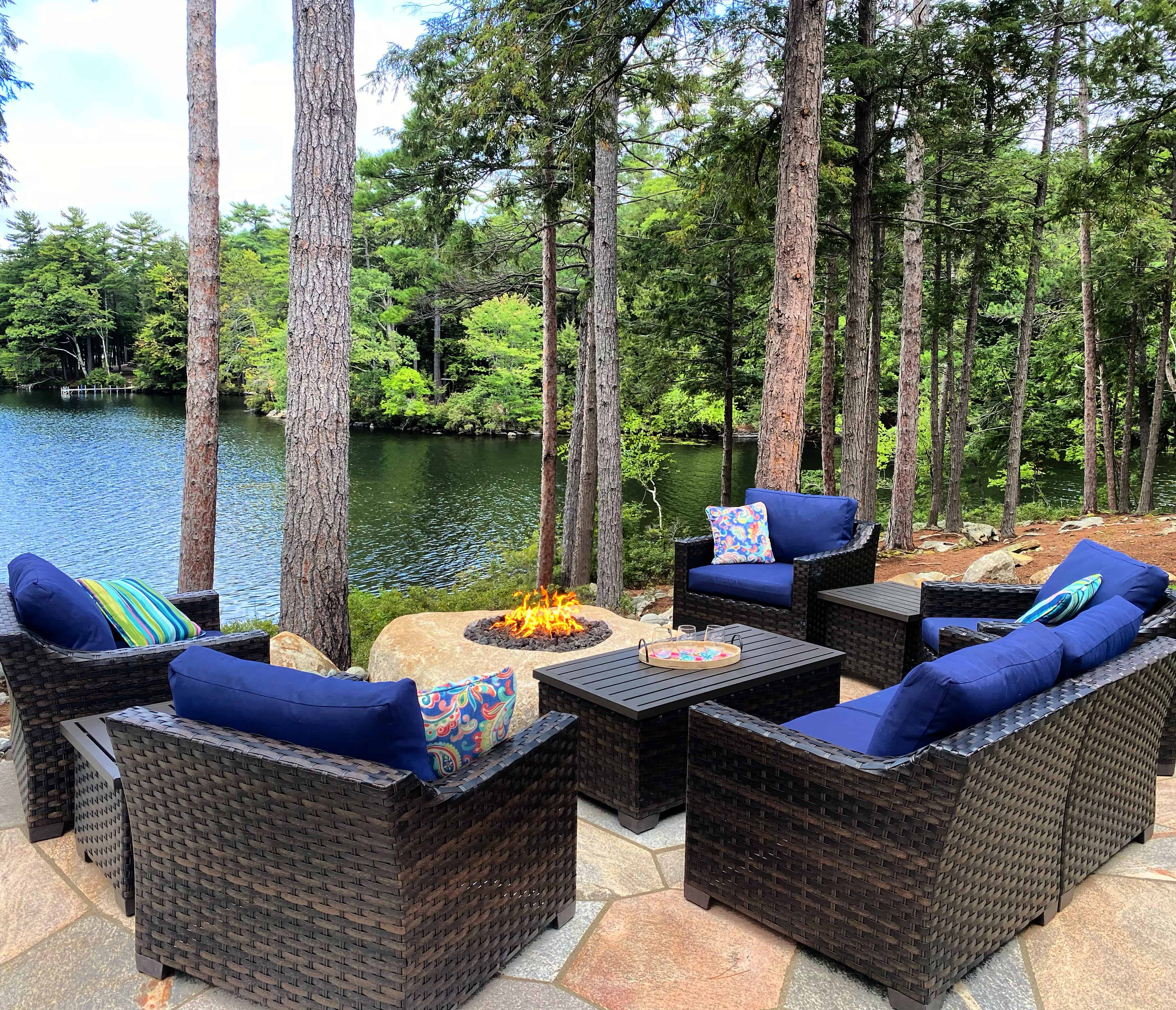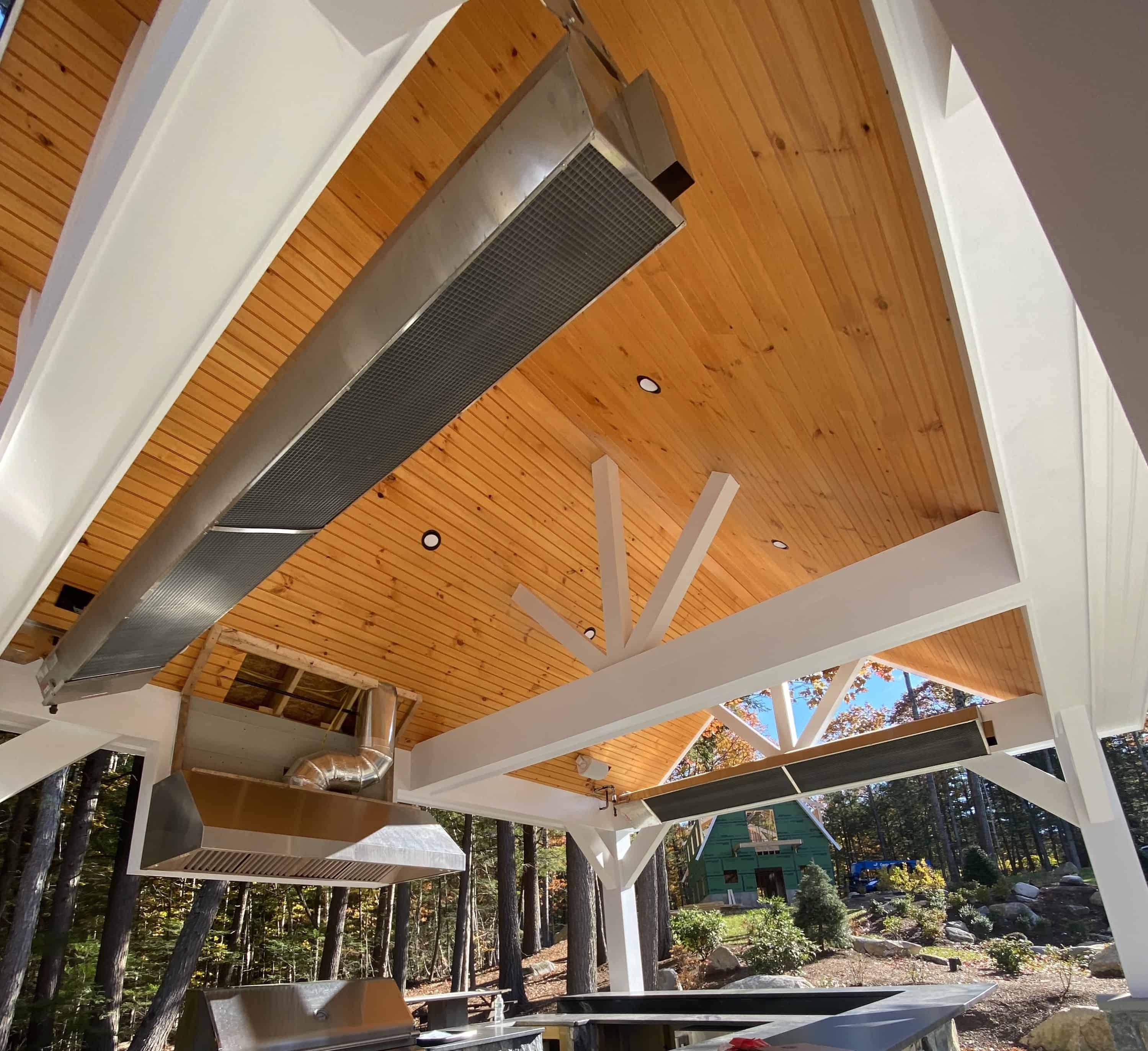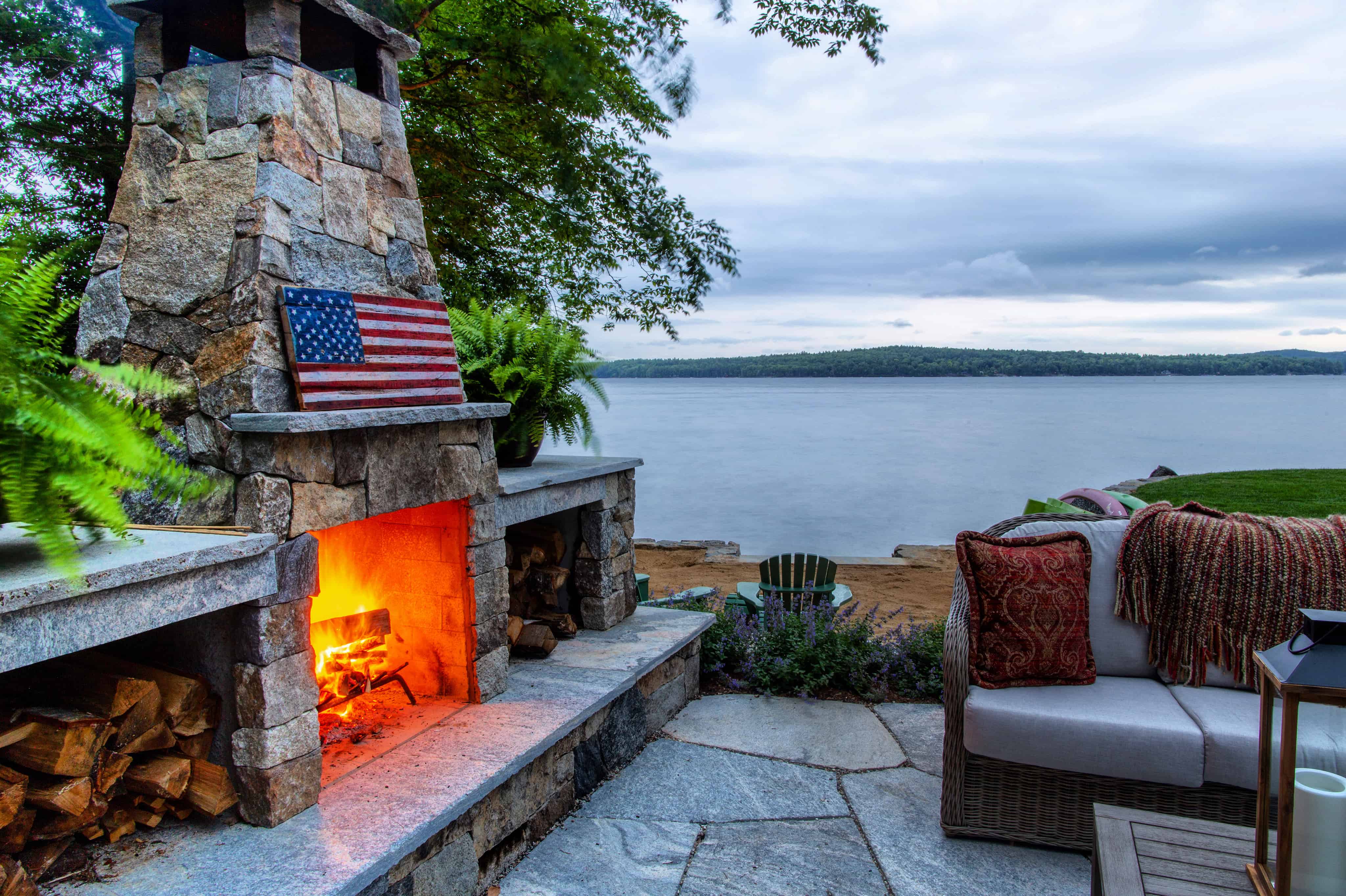Now that summer is here, you’ll be spending a lot of time outdoors with your family and friends. From a simple night outside enjoying your property, to hosting parties, barbeques, and other gatherings, one thing that’s always on the menu is music. In this blog, we’ll run down things to consider before adding an outdoor audio system to your property.
Bring It Outside
The installation of an outdoor audio system may help you enjoy your outdoor spaces a bit more. Music is a welcome addition to family dinners and will also help pass the time as you work the barbeque grill. Soft background music helps fill in gaps in conversations, and what party is complete without a great playlist? But you can play more than music over outdoor speakers. You can take your workout outside, practice yoga on the lawn, or listen to motivational podcasts as you putter around the yard. You can even be outside and listen to the Patriots or Red Sox games, so you never miss a minute!
Getting Started
As you can imagine, an outdoor audio system is different than an indoor system. An outdoor system usually covers a bigger area, and its components need to withstand the elements. While you may use the system primarily during good weather, it needs to survive outside in all kinds of weather conditions.
To get started, you’ll need to decide:
- What kind of sound do you primarily want outside? Do you want music for parties, for soothing background “white noise”, or sports broadcasts? What do you want to be doing outside when you sound to accompany your activities? Of course, you can choose more than one option, but what were you imagining listening to when you began to think of installing an outdoor sound system?
- Where do you want to hear the sound? Do you want to primarily hear the sound in a patio area? Or do you want music by the pool, too? How about music around an area of your lawn, or even the entire perimeter?
- How do you want to control the sound? Do you want to hook outdoor speakers up to a phone or mobile device, use multimedia applications on a dedicated laptop, use an existing sound system in your house, or a traditional stereo system that showcases your vinyl collection? The quality of the sound depends on the speakers, of course, as well as the source of the music.
- Do you want a wired system, a Bluetooth system, or a mixture of both? It really depends on the size of the space you want to have the sound reach, and which type of sound you’ll be listening to.
Map Out Your Plan
Like any addition to a well-maintained landscape, you’ll need to plan where you want to install your equipment. While the controls will remain inside your home or pool house, you’ll need to map out where you would like your outdoor speakers to be located.
It’s very important to note that you cannot use indoor speakers outside; these speakers will not withstand the weather conditions outdoors; you’ll really want to get some designed specifically for outdoor use. Many quality outdoor speakers are made to be rust proof and airtight and deliver great sound amplification for the best sound quality.
Fitting in with the Landscape
Gone are the days of the big black speaker boxes that are obvious wherever you put them. Today’s speakers can be small, wall mounted and can be installed up in the rafters of pavilions and gazebos; small hockey puck sized speakers that can be placed unobtrusively amid the plantings and mulch around your yard, and even bigger speakers that are designed to look like rocks or lamps and can blend in seamlessly with your existing landscaping.
It’s a good idea to create a plan that incorporates a variety of speakers that would work best in your property, depending on their location. You could put speakers high up on the wall of your gazebo so they wouldn’t be readily seen, a couple of speakers in your shrubbery, and some lamp speakers along the pathways, for example. Again, it depends on what sound you want to reach along what parts of your property.
One last consideration—if you have an automated smart home or multi-room music system already installed, you can most likely add controls to your system to bring sound outside. Speak to your installer to see if a program or app can be added; you’ll still need to install speakers outside, of course.
At Stephens Landscaping, we’ve helped many homeowners install outdoor audio systems. We’d love to help you design and install a system that works best for you and your property. Give us a call at 603.707.0630 or reach out over email!


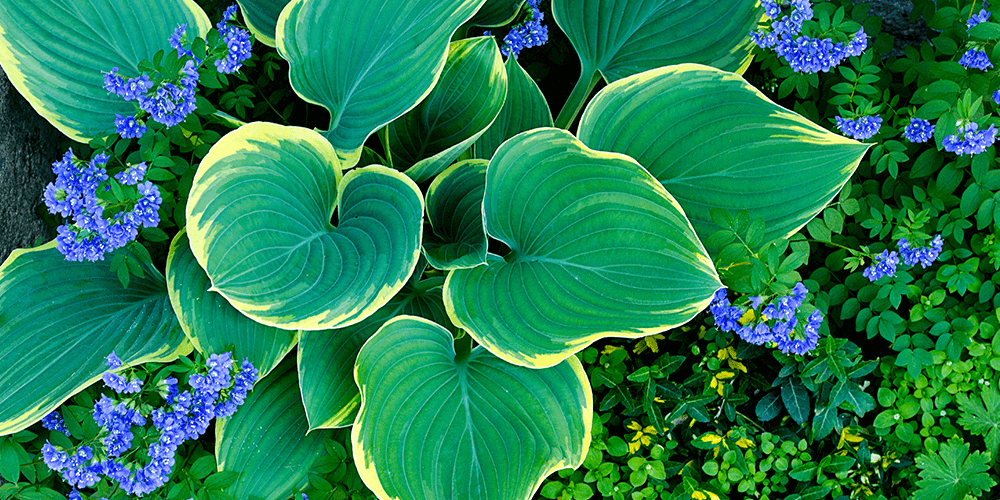 Bold Texture
Bold Texture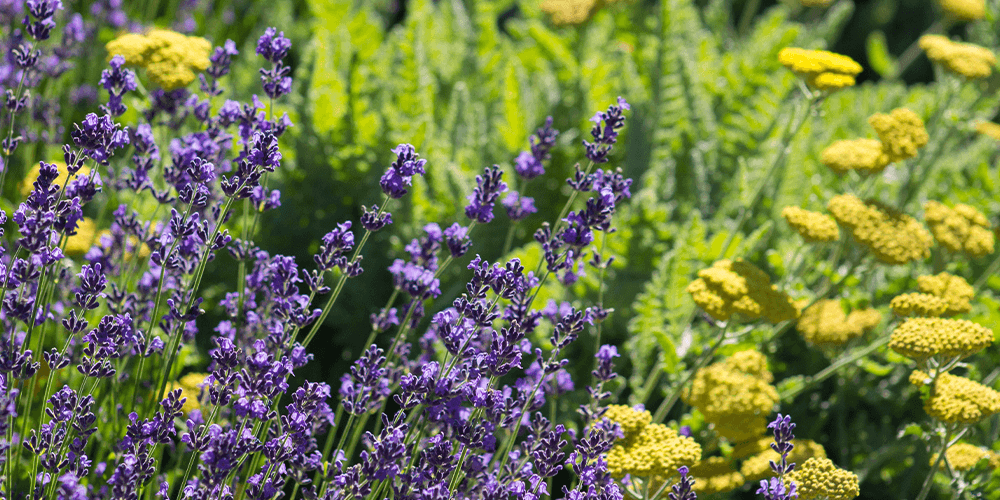 Fine Texture
Fine Texture 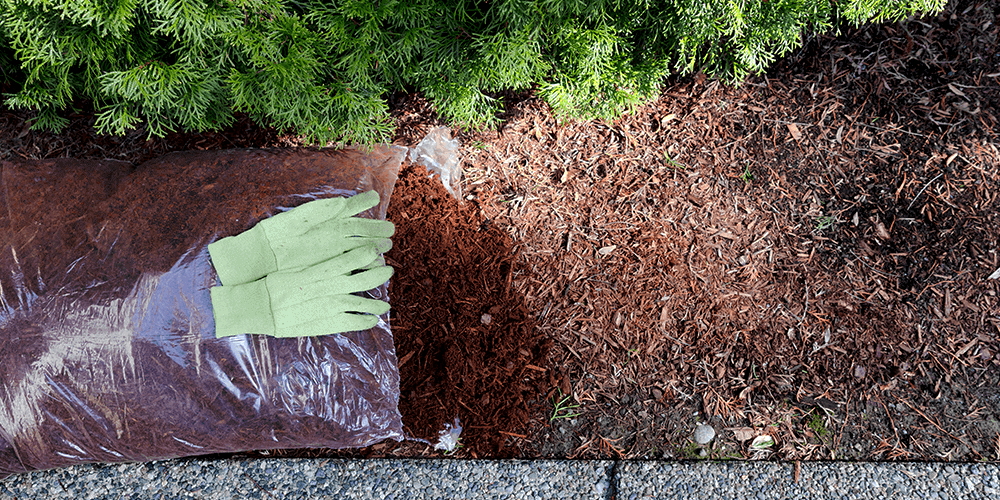 Texture with Bark Mulch
Texture with Bark Mulch 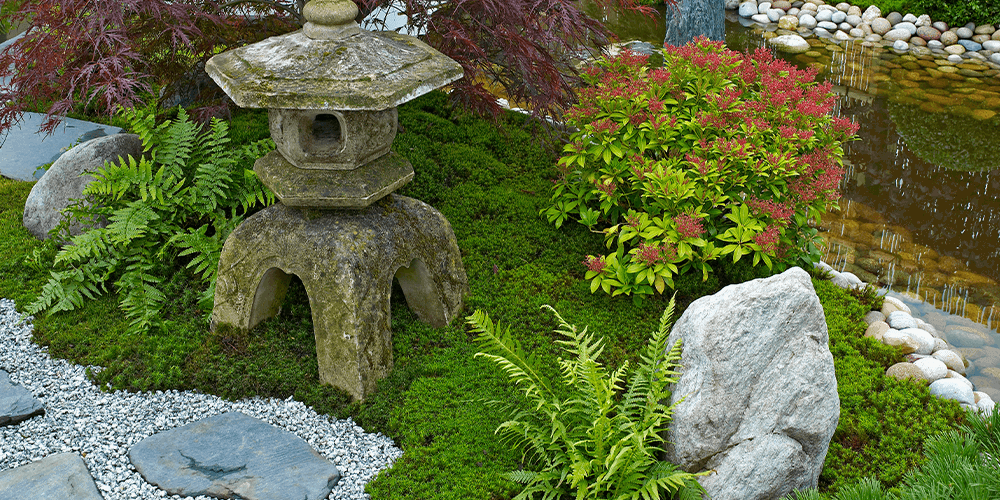 Boulders and Other Focal Points
Boulders and Other Focal Points 